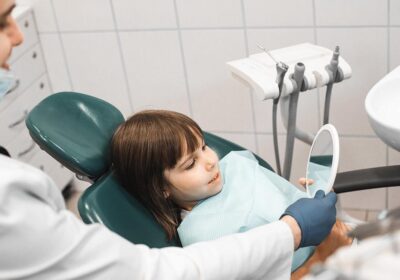
Navigating The Post-C-Section Healing Journey: Understanding The Recovery Timeline
Delivering a baby through a cesarean section (C-section) is a life-changing event, but the recovery journey extends far beyond the day of the procedure. Supporting a mother during this period is crucial not only for her physical health but also for her emotional well-being and ability to care for her newborn. Being well-informed about the recovery process can help tackle challenges early and pave the way for a smoother transition.
C-sections are one of the most common delivery methods in the United States, accounting for nearly one in three births. While these surgeries can be critical for the safety of both mother and baby, they come with unique recovery demands. Advances in medical techniques have enhanced safety and shortened recovery times, but the process still requires intentional care due to the physical and emotional strain it places on mothers.
The recovery process begins right after surgery and benefits both the mother and her baby. Medical professionals closely monitor the mother’s condition, assist with early breastfeeding if desired, and gradually reintroduce food and fluids to support the body’s healing. Nurses play an essential role in managing discomfort and providing guidance during these early stages of recovery.
During this time, using breast binders post op can offer significant advantages. These specially designed garments help reduce swelling, stabilize the abdominal area, and make movement less uncomfortable, providing much-needed support during the delicate early recovery phase.
Recovering from a C-section typically happens in stages, each presenting unique challenges. In the first 24 hours, many mothers experience significant discomfort as the effects of anesthesia wear off. Proper pain management and careful rest are critical to avoiding strain on the incision site and ensuring steady progress.
As the days go by, the focus shifts to managing swelling and gradually increasing mobility. Stitches or dissolvable staples usually heal on their own, and discomfort often lessens with time. However, it’s vital to avoid overexertion, as pushing the body too hard can delay recovery and lead to setbacks.
While most mothers recover smoothly, complications like infections, excessive bleeding, or slow wound healing can sometimes occur. It’s important to monitor for warning signs such as unusual redness, swelling, or discharge and contact a healthcare provider immediately if concerns arise.
Recovering from a C-section takes time, patience, and plenty of support. Having a strong network of loved ones, along with access to postpartum resources, can make the journey feel less overwhelming. With the right care and understanding of potential challenges, this process can become a rewarding and empowering experience for new mothers.


















